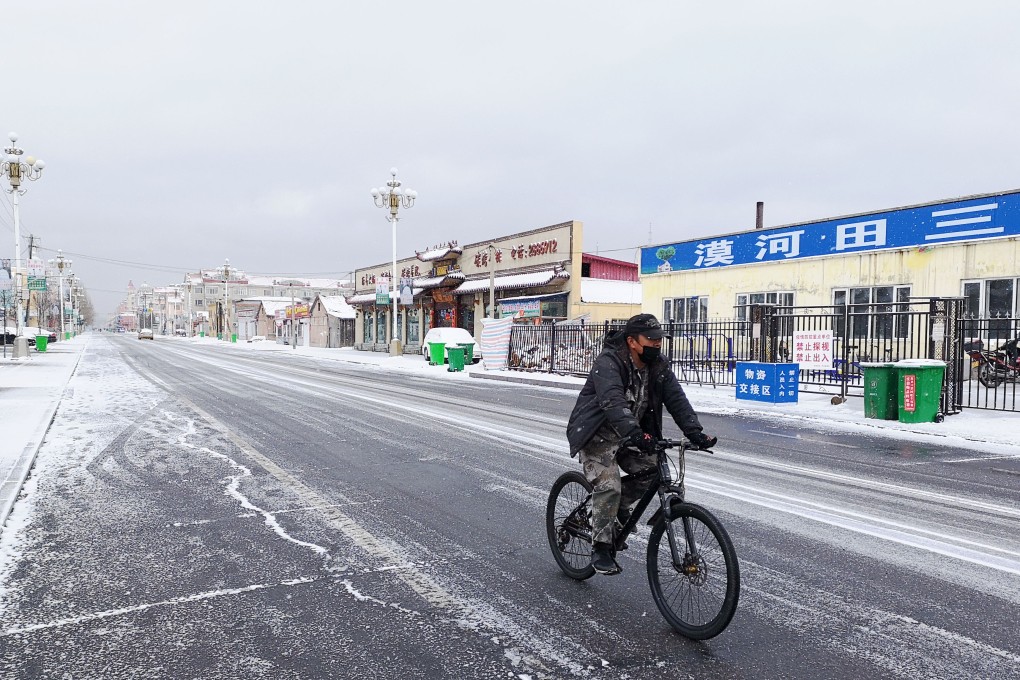Coronavirus: China’s rust belt struggles to revive virus-hit economies as brain drain continues
- Coronavirus pandemic is adding to existing economic trouble in China’s northeast rust belt provinces of Heilongjiang, Jilin and Liaoning
- Continued decline of pool of skilled labour, aging population and troubled government finances are making it harder to confront economic fallout from virus

China’s northeastern rust belt provinces are battling an influx of coronavirus cases from across their borders, a problem that is threatening to exacerbate the ongoing exodus of skilled workers to more prosperous parts of the country.
Heilongjiang province, which sits in China’s far north on the border with Russia, has become the epicentre of China’s second wave of coronavirus infections.
As of Thursday, the province had China’s highest caseload with more than 400 infections. Many were imported from abroad, notably from Russia, and the spike in new cases comes as local governments are preparing to reopen schools and businesses.

Local authorities are under increasing pressure to prevent imported cases from Russia and to control transmissions in the community and at hospitals. In one case, an 87-year old man in a local hospital infected 78 people, according to local health authorities.